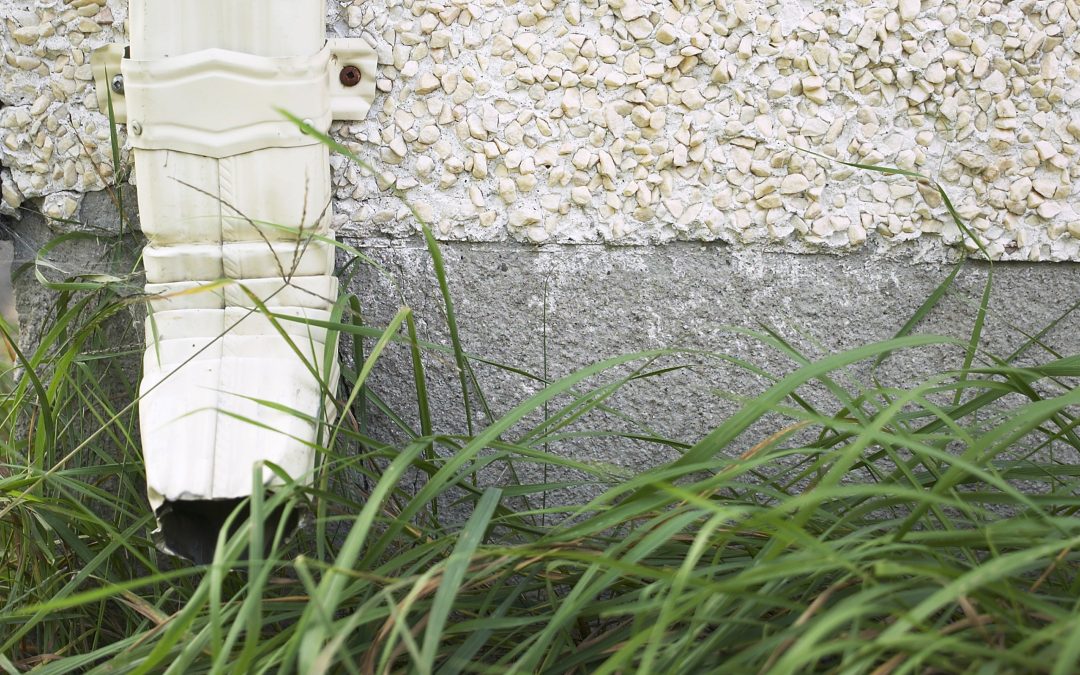By DEBBIE SCANLON
As spring approaches, consider ways to conserve by capturing and reusing water.
 Rain Barrels
Rain Barrels
One of the easiest ways is to add a rain barrel or two to your yard. Catching rain as it falls off your roof has many benefits and it is not hard to do. Besides, it’s free!
Cynthia Rankin of Falmouth has been using rain barrels for many years. Placed under the downspout, they are covered with screens to protect them from leaves, debris and mosquitoes. She fills up her watering cans from the faucets on the barrel to water her plants.
Rain barrels can vary in size, but 55 gallons is practical. To access the water, use a spigot to fill a watering can, and/or a hose with an on/off switch.
Some people keep it very simple and just collect the water in a five-gallon jug under their drain pipe and pour it into a watering can.
You can order rain barrels at Eastman’s Ace Hardware in the summer or through companies like Gardeners Supply.
Massachusetts Department of Environmental Protection has a helpful website, www.mass.gov/guides/rain-barrels-and-other-water-conservation-tools. Some reasons Mass DEP gives to use rain barrels include:
— In the summer months, outdoor tasks such as watering lawns and gardens typically make up about 40 percent of household water use. Unless it is collected, rain water runs off impervious surfaces, such as roofs and pavement, gathering pollutants that often end up in local streams, rivers, pond, lakes and marine waters. Keeping and using rain water on your property helps reduce pollution and erosion and improves local watershed health.
— Water quantity: Just 1/4 inch of rainfall on a typical roof will fill a rain barrel. A modest amount of rainfall can supply much or all of your outdoor watering needs—a full rain barrel will water a 200-square-foot garden. A good rule of thumb is that one inch of rain on a 1,000-square-foot roof yields 623 gallons of water. You can calculate the yield of your roof by multiplying the square footage of your roof by 623 and dividing by 1,000.
— Water quality: Rain water is “soft,” or free from minerals and chemicals such as chlorine, fluoride, and calcium that are often present in municipal water. Rain water is considered ideal for watering plants or washing cars and windows.
The site offers instructions on building your own rain barrel. To keep out mosquitoes, cover the opening with fiberglass window screen.
Earle Barnhart of Hatchville collects rain water, which he then runs through his fish ponds to get extra nutrients, which becomes extra fertilizer for the plants.
Also, the fish pond water is warm when it is used for irrigation, which he said is better than putting cold water on the plants, which slows them down.
Rain Gardens
Massachusetts Watershed Coalition endorses rain gardens, explaining that a rain garden has a six- to nine-inch basin to collect the rain that runs off from a roof, driveway, parking area or yard. It fills with runoff and seeps into the ground in a few hours. The rain garden plants and soils filter the stormwater and cleanse pollutants that could harm water quality. Letting the runoff soak in, rather than go into the street, replaces the groundwater that keeps streams flowing during dry times.
Greywater Systems
Reusing “greywater,” water that has been used for laundry, showers or hand washing, for garden irrigation is a more complicated process, and requires approval from Mass DEP, (Title 5). For more information, check the Mass DEP website.
 Waterless Toilets
Waterless Toilets
Mr. Barnhart recommends saving water by installing a waterless toilet. A flush toilet uses about 30 percent of the water used in your house (20-30,000 gallons or more a year), he said. “A toilet is not worth using thousands of gallons of water that is purified at great cost in a $50-million water treatment plant, he said.”

